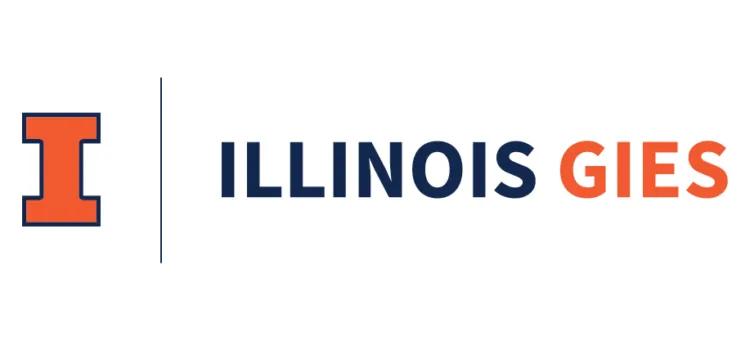Carmel Berhanu had good reason to be anxious when she submitted her application to the University of Virginia’s McIntire School of Commerce, one of the top undergraduate business programs in the country.
With applications to the school at an all-time high, she and her classmates were all scrambling to get an edge in the competitive admissions process. Her like-minded peers excluded her from study groups, were cagey about helping out with class projects and were tight-lipped about their applications, said Berhanu, who just completed her sophomore year at the University of Virginia.
“It was really competitive, there was like a cut-throat nature to it,” added Berhanu, 20, the daughter of working-class Ethiopian immigrants, who ultimately received and accepted a coveted seat at the business school. “A lot of people had this obsessed mindset that if I don’t make it into the business school, it is the end of the world.”
GETTING INTO A TOP BUSINESS PROGRAM HAS BECOME A HIGH-STAKES GAME FOR RISING SENIORS
Landing a spot at an undergraduate business program is increasingly becoming a high-stakes game for this generation of business school hopefuls. This year’s application season stands out as being one of the most competitive in recent years. Applications at the top-ranked business schools were up at nearly every institution this year, in some cases in the double digits, according to interviews with deans and directors of the schools. With interest soaring, administrators are being forced to turn away qualified students they would have taken in the past, enact stricter admissions standards and keep a close eye on student enrollment.
“I think you are seeing an explosion,” said Dale Nees, assistant dean for undergraduate studies at the University of Notre Dame’s Mendoza College of Business. Interest in business at his school has been robust, perhaps a little too robust for the university’s liking. About 35 percent of today’s freshman class wants to be a business major, up from about 28 percent five years ago. As a result, the school is implementing an enrollment cap for the first time in its history. Starting with the class of 2018, the size of the class will be around 500 students, down from 725 today, Nees said.
“It’s not that the College of Business is saying we can’t handle students. Like anything, you can always find the resources to do that,” he said. “But the question for the university is one of balance. Do we want the university to be one-third business students?”
A 14% OVERALL INCREASE IN APPLICATIONS IN THE PAST FOUR YEARS
It’s not just the top undergraduate business programs that are reporting a boom in applications. Applications jumped 14 percent from 2008-09 to 2012-13, according to data from 270 U.S.-based accredited undergraduate business programs collected by the Association to Advance Collegiate Schools of Business (AACSB), a B-school accreditation organization.
It has also gotten more competitive to get a coveted seat at undergraduate business programs. Nearly 56 percent of applicants from the same group in the AACSB survey received an offer of admission in the 2008-09 academic year, a number that fell to 53 percent in 2012-13.
The Wharton School at the University of Pennsylvania saw a 13 percent uptick in applications to its undergraduate program this year, said Lori Rosenkopf, vice dean and director of Wharton’s undergraduate division. The school has seen a nearly continuous rise in its applications over the last decade, she said.











